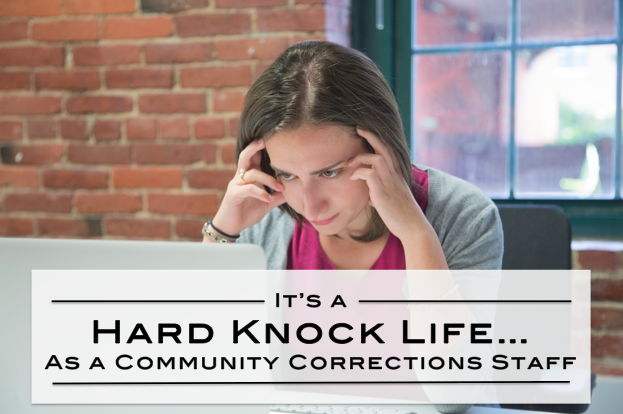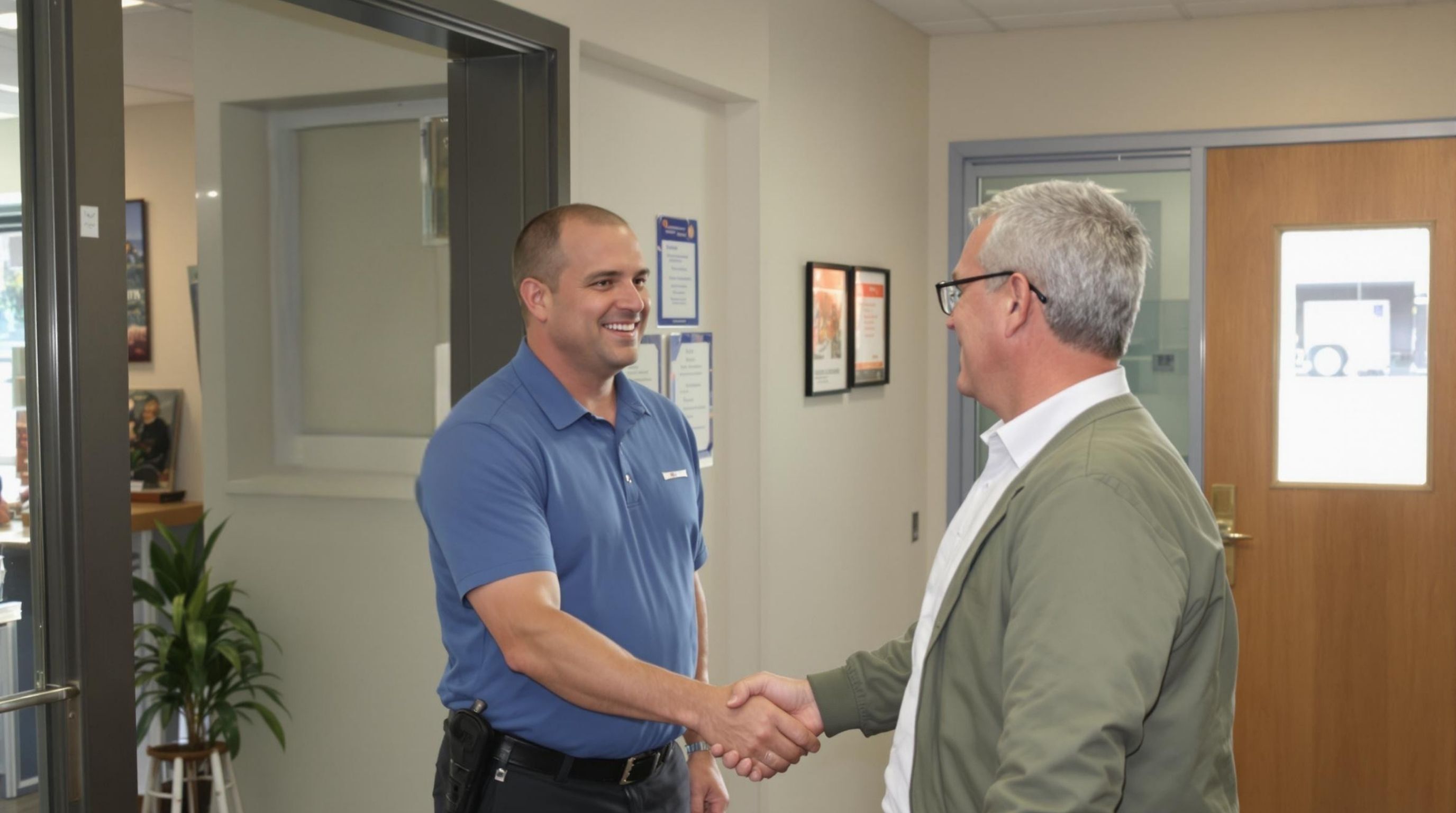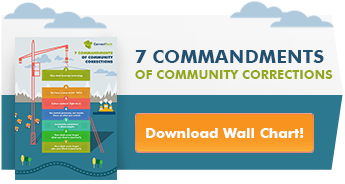This is the 4th of a 7 part series on The Risk Principle Simplified. Subscribe to our blog and get the series delivered right to your inbox.
What does "High Intensity" mean?
While the principle of matching risk level to treatment intensity level is almost universally accepted, an adequate definition of “intensity” is rarely given. The best definition is offered by Ed Latessa and Christopher Lowenkamp of the University of Cincinnati in their 2004 article titled, “Residential Community Corrections and the Risk Principle: Lessons Learned in Ohio”. The authors believe strongly in quality of treatment and have published several useful articles about its importance, but in this article they lay out a useful definition of intervention “intensity”.
- High intensity intervention equals residential placement and low intensity treatment equals non-residential treatment.
Along with providing, in my opinion, the best definition of “intensity,” this article also provided greater evidence of the importance of matching risk level to intervention intensity. A central finding in the study was:
- When low risk offenders are placed in residential facilities, their rate of reoffending is higher than for low risk offenders who do not receive residential placement.







